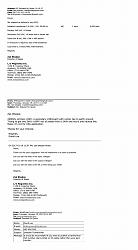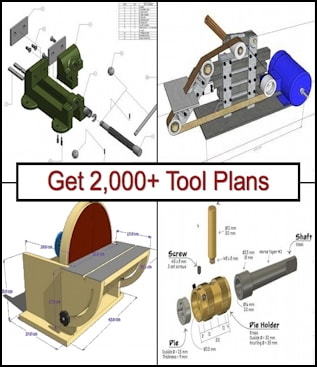Is this for single to three phase ???
Dave
Mr. Kodger,
After sleeping on it for a bit, I believe an isolation transformer transformer may (or may not) be your wisest choice. Immediately below is a watts to HP chart which should be useful in sourcing a proper transformer.
Attachment 16180
Next is finding a transformer with the proper KVA rating. For 3HP you'd need about 2400Watts so I quickly looked at the Newark catalog.
http://www.farnell.com/datasheets/18...440.1484843408
Attachment 16179
The cost is around $450 US plus shipping. The transformer above is NOT the exact one but it is representative of the device you'd need for 3.0HP. If you'd like for me to try and find the exact one let me know. It is not totally unlikely that you may need two transformers to do what you need to do.


 LinkBack URL
LinkBack URL About LinkBacks
About LinkBacks



 Reply With Quote
Reply With Quote




Bookmarks